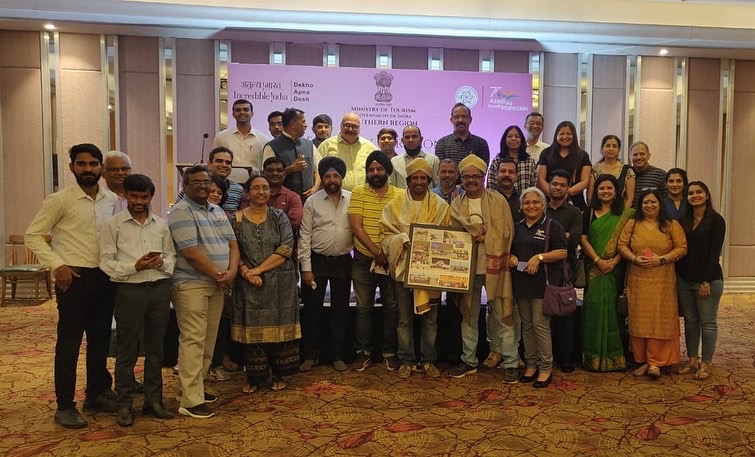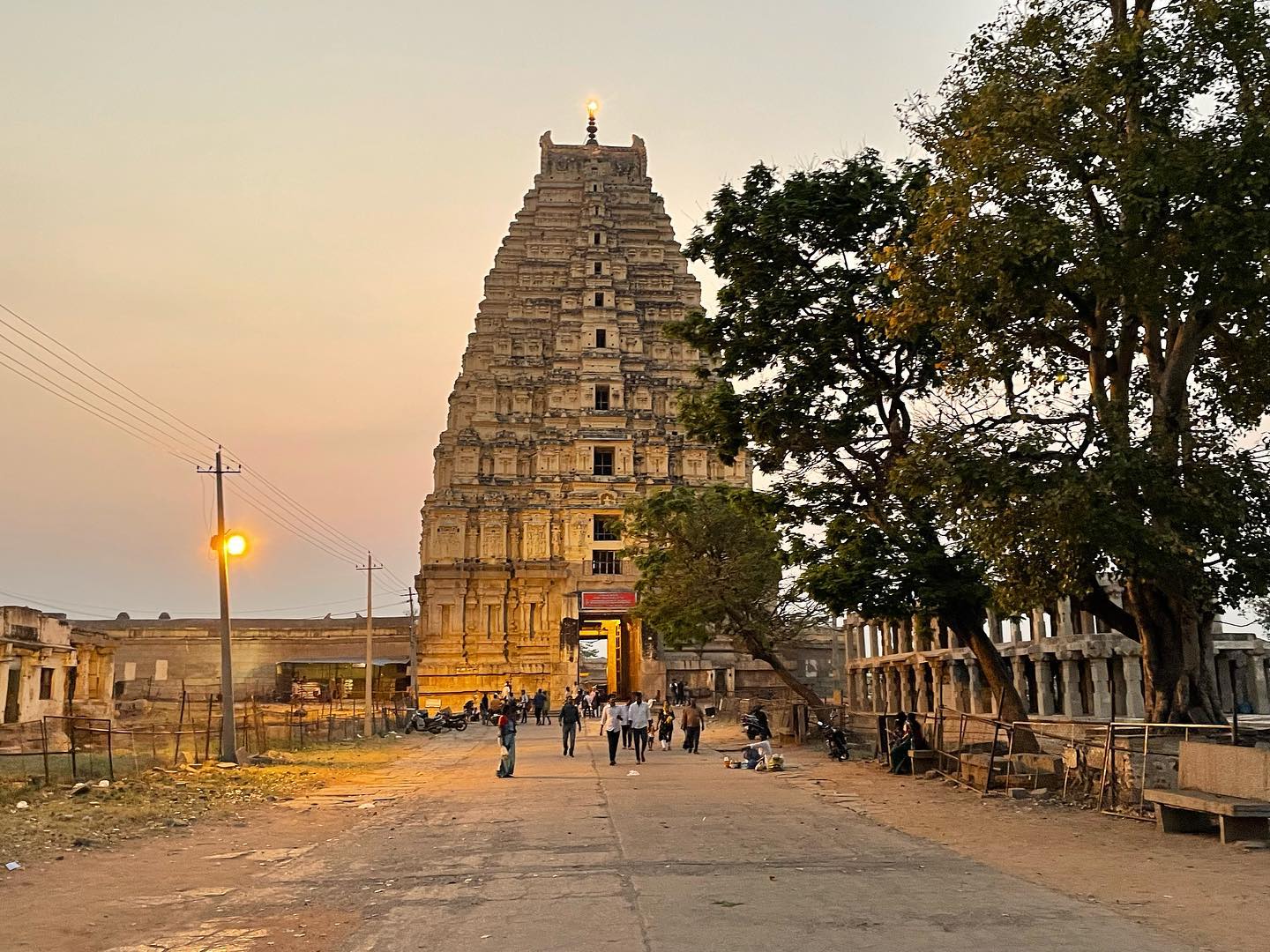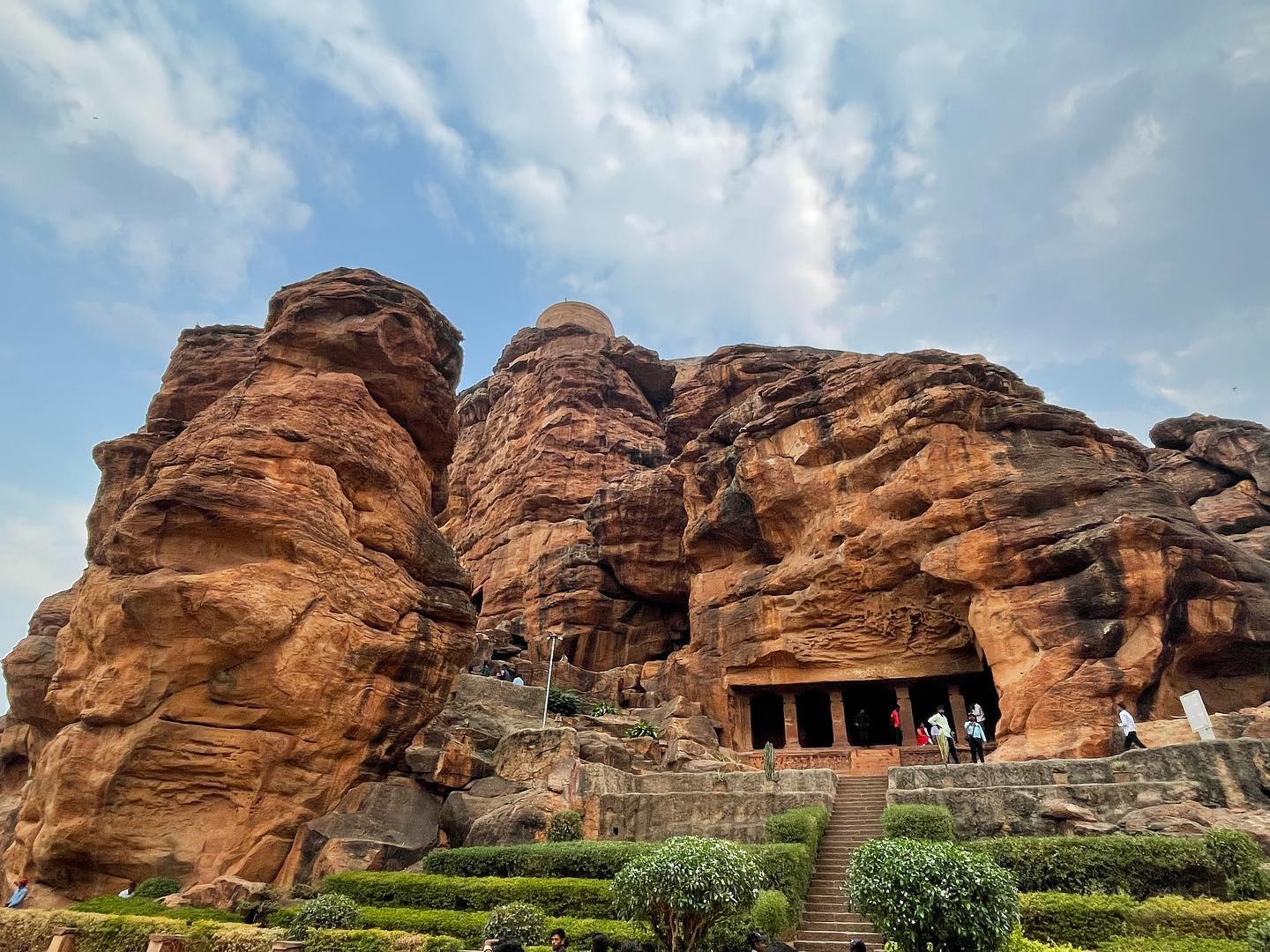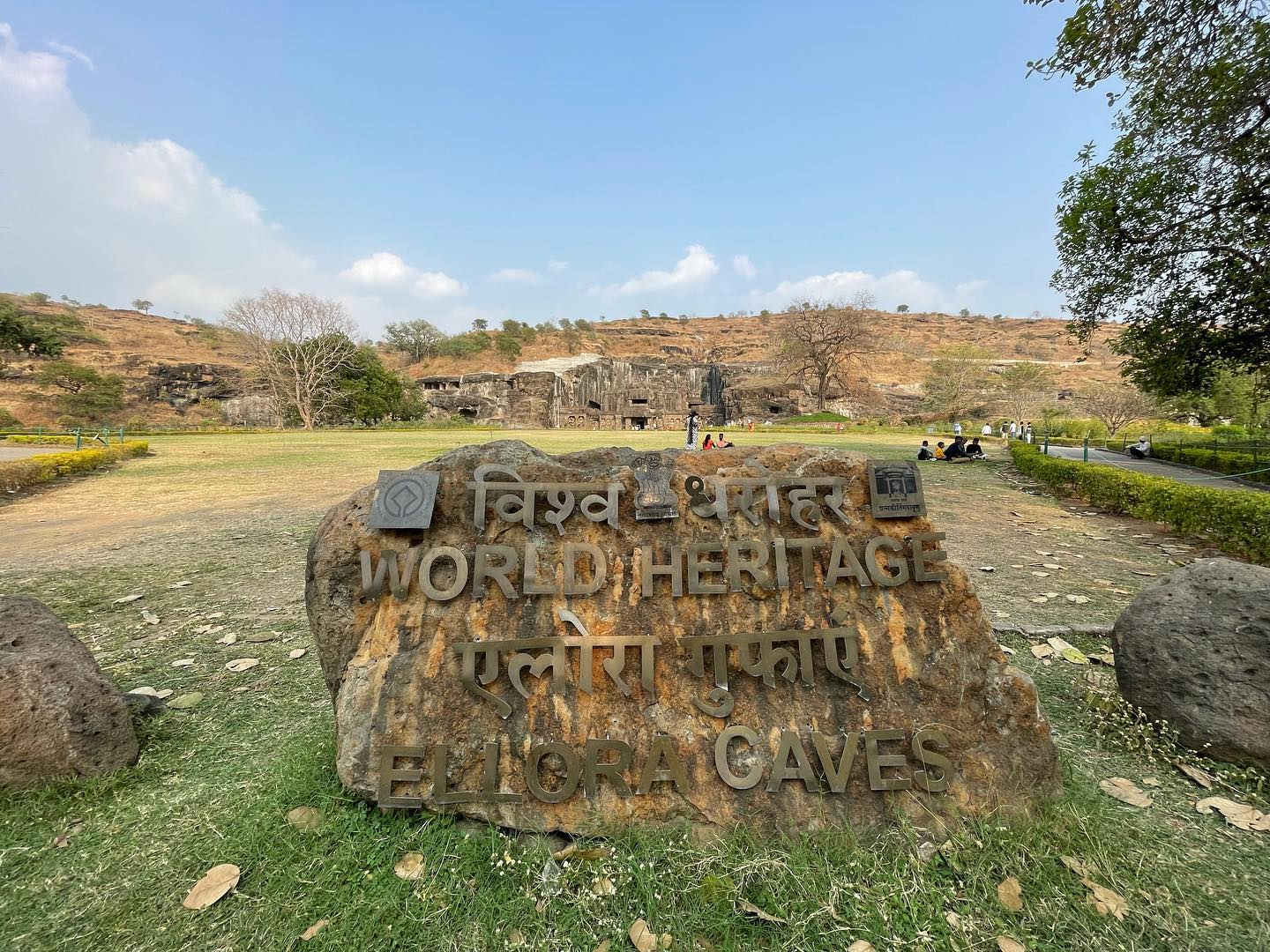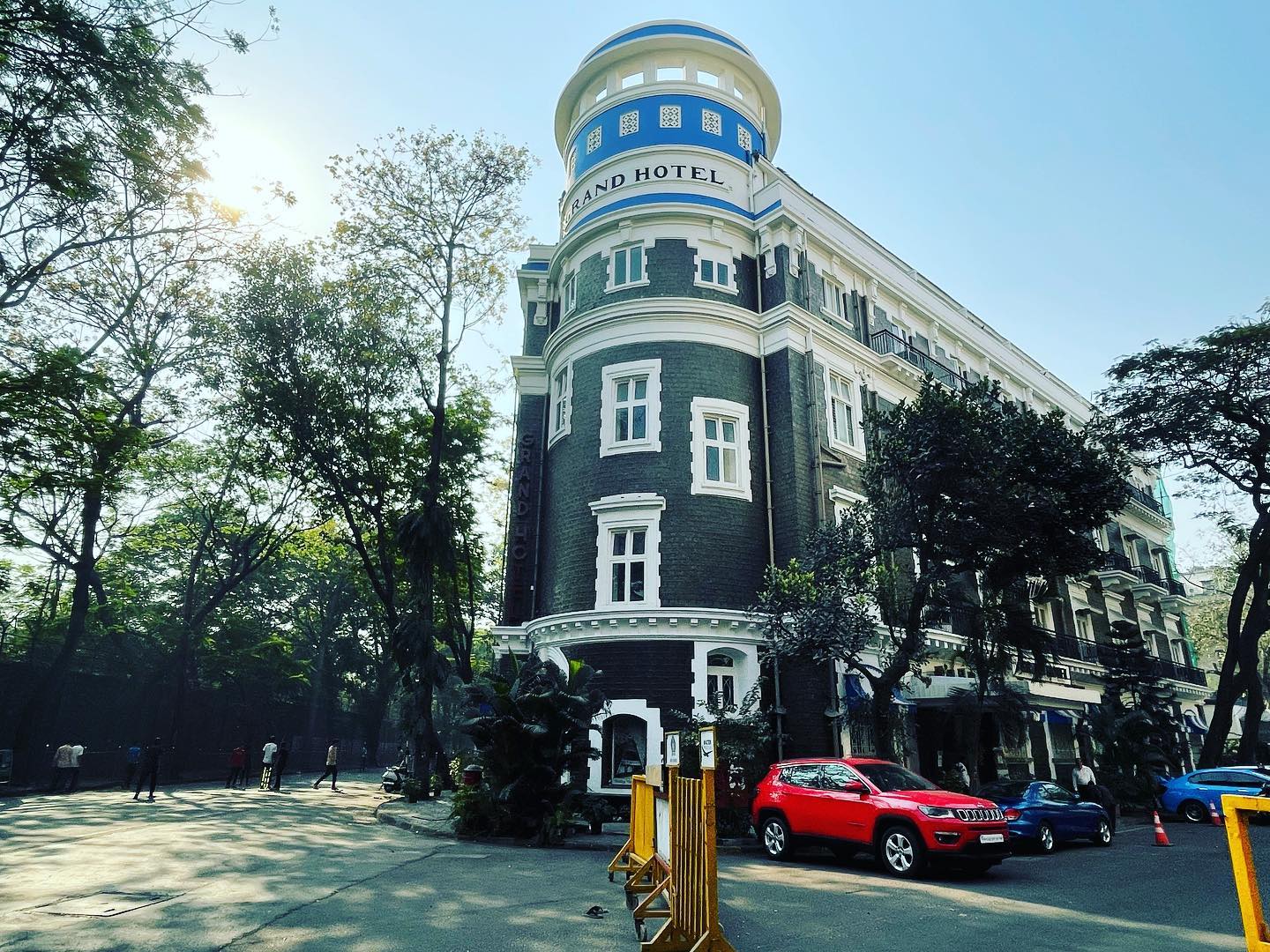22nd January, 2022 – 25th January, 2022
Bhubaneswar derived its name from Tribhubaneswar, which literally means the Lord (Eeswar) of the Three World (Tribhuban), which refers to Shiva. Although the modern city of Bhubaneswar was formally established only in 1948, the history of the areas in and around the present-day city can be traced to the 3rd century BCE and earlier. It is a confluence of Hindu, Buddhist and Jain heritage boasting of some of the finest Kalingan temples.
Not just in architectural and infrastructural splendor, the place is also endowed with a green canopy of forests which makes it a haven for daredevil spirit in you to explore and the beasts in their wilderness.
Places to see:
Lingaraja Temple
The temple has been described as “One of the finest examples of purely Hindu Temple in India” by noted critic and historian James Fergusson (1808-1886). The temple marks the culmination of the temple architecture in Bhubaneswar which was the cradle of the Kalinga School of Temple Architecture. The sprawling temple complex has one hundred and fifty subsidiary shrines.
The temples are considered a masterpiece of Indian Architecture for its detailed plan, proportions, seamless joints, elegant craftsmanship and impressive dimensions.
Lingaraj is referred to as ‘Swayambhu” – (self-originated Shivling). Another important aspect of the temple is that it signifies the syncretisation of Shaivism and Vaishnavism sects in Odisha. The Shivling is known as Hari Hara. Perhaps the rising cult of Lord Jagannath which coincided with the completion of the Lingaraja Temple had a role to play.
Udayagiri & Khanadigiri Caves
The caves located 7KM from Bhubaneswar takes us back in time and is probably the only recorded history of era that is still shrouded in mystery. Built somewhere around the 2nd century BC by King Kharavela of the Meghavahana dynasty, widely regarded as the most powerful king in the annals of history of Odisha, these ancient rock cut caves were first discovered by a young British Officer Andrew Sterling in the 19th century AD.
The caves built on the Kumari mountain range were built for the Jain monks and offered them a place to stay and meditate. Out of the one hundred and seventeen caves that were built originally only thirty-three survive till this day. Eighteen caves are located in the Udaygiri hill and fifteen in the Khandagiri hill.
Nandankanan Zoo
Located 15 KM from Bhubaneswar, Nandankanan literally means “celestial garden” came into existence on the 29th December 1960. However strange it may seem, the zoo came up as afterthought. During the World Agriculture Fair held in New Delhi in 1960, Odisha pavilion displayed animals from Odisha in its stall. Once the fair was over, the realization dawned that the animals needed a home. After a lot of deliberations, the current site located in Jujhagarh Forest block was selected.
Unlike other zoos, Nandankanan is built right inside the forest and set amidst natural environment. The animals are housed in spacious enclosures which replicate the habitat they live in, enabling them to settle down and lead a healthy life.
Nandankanan being one of the most prominent zoological parks in the world and has many firsts to its credit.
It is most famous for its white tigers and is the host zoo for the species.
It is the first zoo to breed the endangered Gharials in captivity.
Dhauli Hill or Dhauligiri
Situated at 10 kms from Bhubaneshwar, it is believed to be the location of the famous Kalinga war, where the banks of Daya would have provided a natural boundary line between the two armies.
Kalinga war holds a very important position in the Indian history, as after witnessing the bloodshed and massacre Ashoka laid down his arms to follow the path of dharma-vijaya (religious victory).
It is located on the left banks of river Daya, a tributary of Mahanadi, and situated about 10 km from Bhubaneswar. It is believed to be the location of the famous Kalinga war, where the banks of Daya would have provided a natural boundary line between the two armies. In Ashoka’s own words, as mentioned in his Rock Edict XIII, “One hundred and fifty thousand persons were thence carried away captive, one hundred thousand were there slain, and many times that number died.” Kalinga war holds a very important position in the Indian history, as after witnessing the bloodshed and massacre Ashoka laid down his arms to follow the path of dharma-vijaya (religious victory).
Markham Kittoee discovered the famous Ashokan edicts at Dhauli in 1833. Rock Edicts numbering I-X and XIV are found here. Edicts XI-XIII are replaced by two special edicts, known as Kaling Edict I and Kalinga Edict II. Edict XIII mentions about the Kalinga war and death toll in the same. It can be understood that Ashoka might not want this edict to be included in his newly conquered territory as refreshing memories about that deadly war would go against his political wishes. However, there is no specific reasons to believe why Edicts XI-XII were missed out at Dhauli as both are very secular in nature. In his pillar edicts, Ashoka mentions that his set of edicts were engraved as per the local requirements, sometimes in full and sometimes in brief, omitted in parts or full, and space available on the medium. This might be the case at Dhauli where few edicts were omitted to include extra and special two separate edicts.
The unique annual Dhauli-Kalinga Mahostsav , an arts festival presented at the Buddhist heritage site of Dhauli hills near Bhubaneswar has been an exemplary public-private partnership. The festival brings together classical, folk, martial and contemporary genres of arts on one platform – a treat for the commoners and connoisseurs alike.
The Dhauli Shanti Stupa or the Peace Pagoda
Was built by the Japan Buddha Sangha and the Kalinga Nippon Buddha Sangha in 1972. Built on the site where the famous Kalinga War was fought, the Dhauli Stupa commemorates the mission of peace that the Kalinga War achieved. Noted historian Shri. Ramesh Prasad Mohapatra aptly said – “The political history of mankind in reality is a history of wars and no war has ended with so successful a mission of peace for the entire war-torn humanity as the war of Kalinga”.












